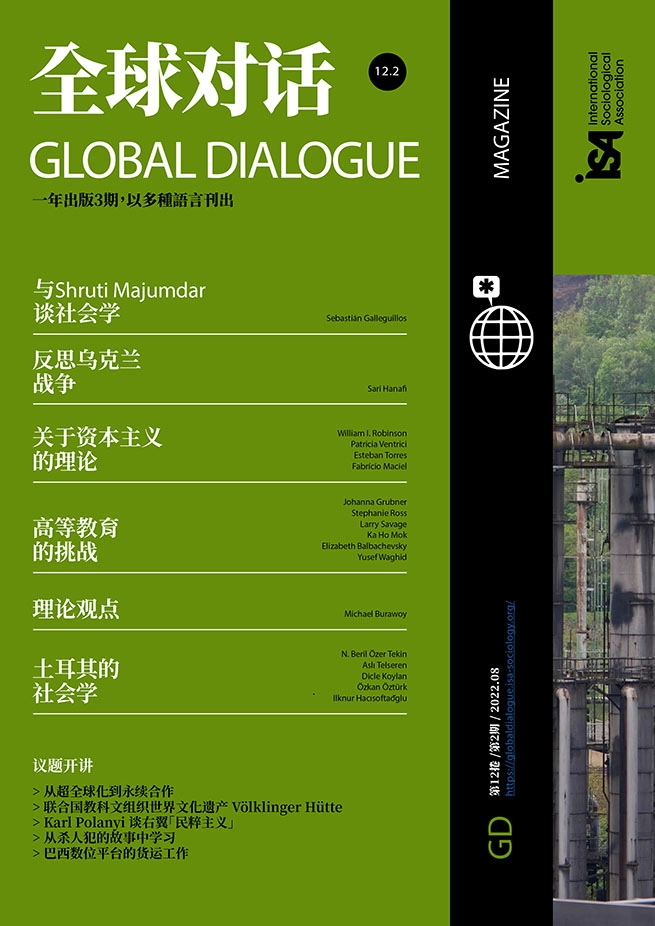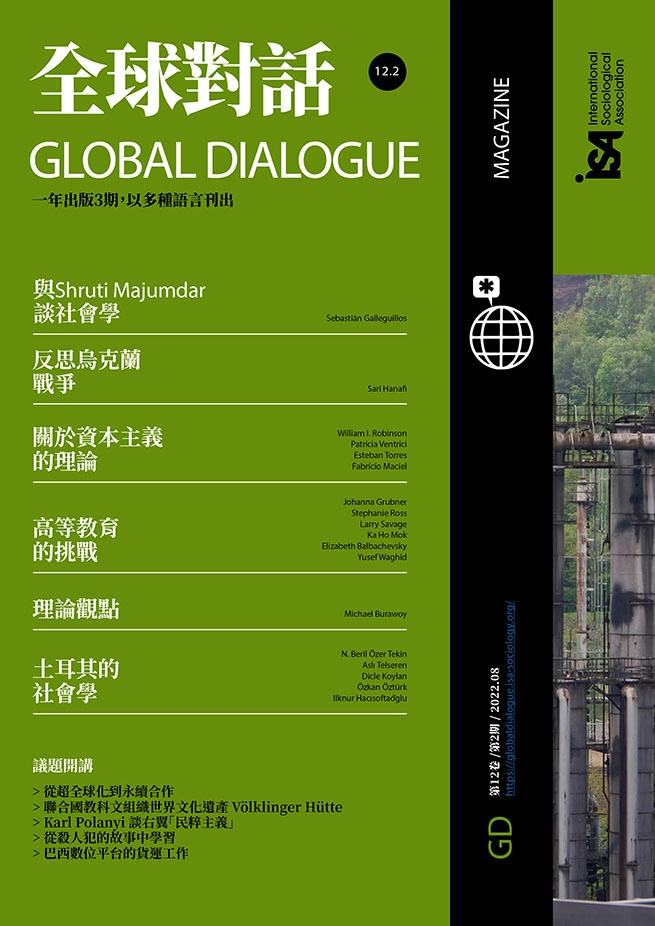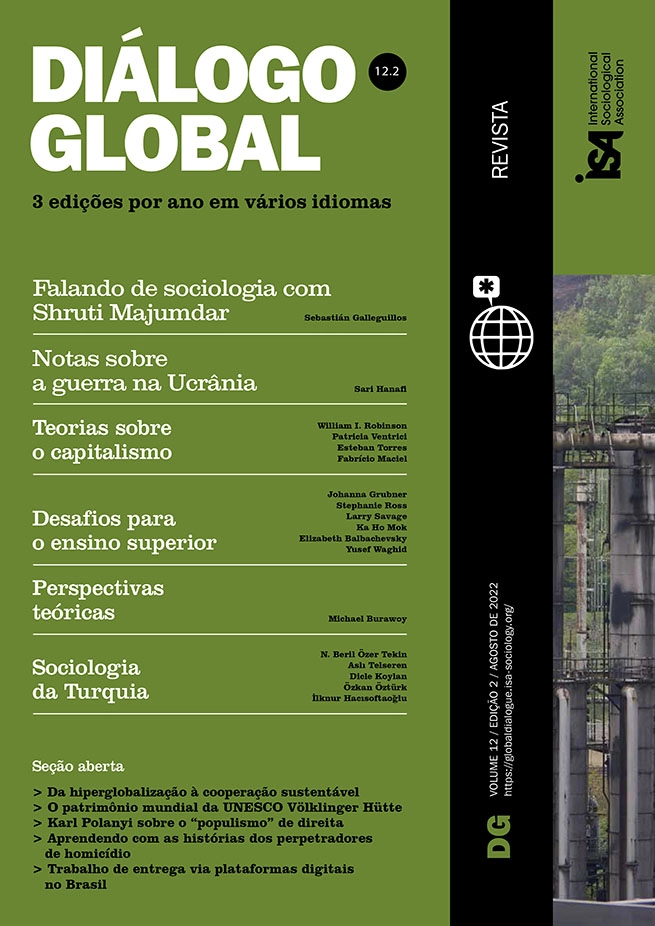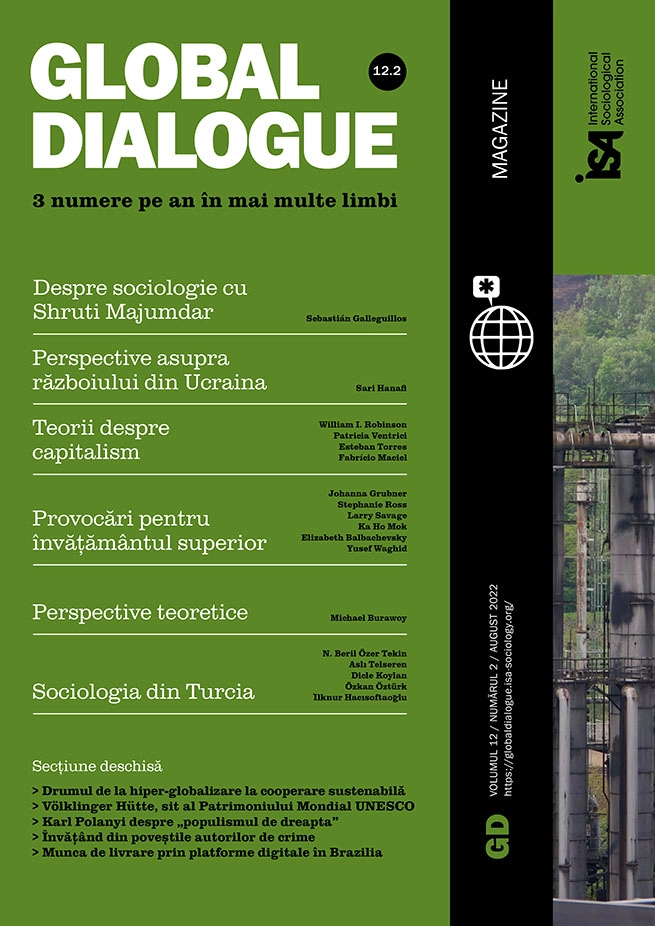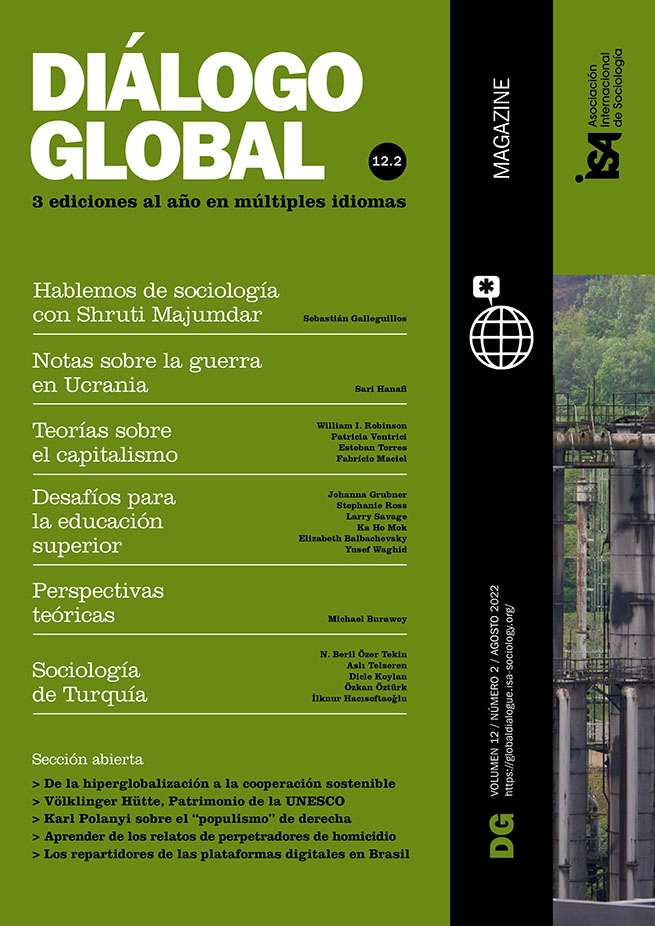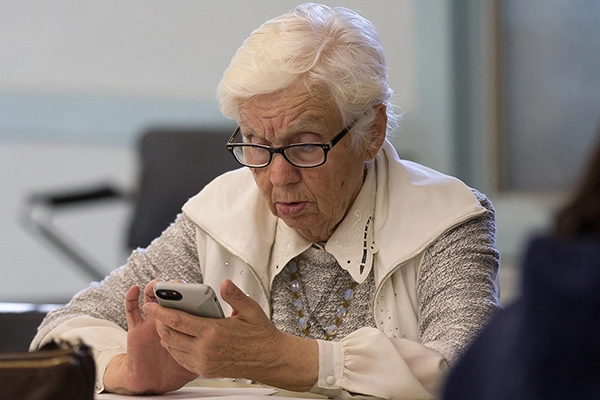Turkey was affected by the COVID-19 pandemic as much as the rest of the world, causing severe economic and social impacts on various social segments. In particular, the elderly (individuals 65 years and above), who are categorized as a disadvantaged group, were affected by this process differently compared to other social segments. As the impact of the pandemic increased, “ageism” also increased in line with the climate of fear, as Butler (1969) has pointed out. Ageism is defined as discriminating against people based on their age. Although the term has a similarity with racism, the most important difference is that every one of us will be old! The article focuses on the experiences of the elderly during the pandemic-related restrictions and, in particular, their experience of the increased reliance on digitalization.
According to United Nations 2019 data, there are 703 million elderly individuals (65 years and over) in the global population; projections show that this population will increase twofold to 1.5 billion by 2050. Turkey is aging twice as fast as European countries, without matching employment and social services. Considering the “greying” of the population, there is a need for more studies on ageing both globally and in Turkey.
The elderly as “digital immigrants”
The twenty-first century has seen the speeding up of digitalization, with the number of internet users increasing and many public services becoming available online. But not all individuals have the same access to digital technologies. Besides economic and education variables, age also causes disadvantages. The term “digital immigrants” (Prensky, 2001) points to the difficulties for the elderly of entering the digital arena. It refers to the generation who were born before computer technologies spread and who met with these technologies at a late age. This is in contrast to “digital natives” – the young children of digital immigrants or their grandchildren who were born at the same time as the new technologies. Digital immigrants started to improve their skills in using these technologies with help from the natives.
TURKSTAT (Turkish Statistical Institute, 2020) data show that the use of information technologies by individuals aged 65-74 in Turkey increased between 2015 and 2020. The percentage of elderly users grew from 6% to 27%. The most frequently used device is the smart mobile phone: according to research data (Binark et al., 2020), 57% of women and 60% of men in Turkey use these devices to access the internet.
The elderly have witnessed massive transformations in media and communication, starting with newspapers and radio, followed by smart mobile phones, smart TV, and touch screens. This generation, which previously used to send letters and wait for the phone, is trying to adapt to the new era in which information flow, communication, and speed of communication have all increased. Thanks to digitalization, the elderly were able to find a space of freedom and joy during the difficult restrictions of the pandemic period. On the other hand, digital platforms also have some negative sides, such as information pollution, misinformation, fraud, and use of the wrong language.
Digital use by the elderly during the pandemic
The participation of the elderly in the digitalization process increased during the pandemic. Strict restrictions were imposed on them, such as curfew around leaving their residence (March 22, 2020) and prohibition on the use of public transport (November 2020). The restriction on using public transport for the elderly caused many problems for their everyday life, especially for those unable to afford a taxi or a private car. Their existing psychological and physiological fragility increased with the pandemic. Despite requiring medications for several health problems such as high blood pressure, heart disease, diabetes, kidney problems, and circulatory disorder, they could not visit doctors for a check-up or to regulate their doses.
The elderly are unfortunately faced with labeling, stigmatization, and discrimination in society. Besides existing problems related to health or psychological problems, the discriminatory language that is reflected in media made the elderly feel isolated and excluded from society. They found their biggest support socially and psychologically from their family and children during these hard times; the negative effects may last for years on this elderly population generation. Besides the restrictions applied by the government, the elderly also faced restrictions imposed by their children on their everyday practices, such as shopping, visiting neighbors, or meeting with friends. The pressure and control added to their fear and anxiety. They stopped seeing their neighbors or friends, and going shopping. Either their children shopped for them, or they started to shop online. This led them to use the internet more often for other purposes besides online shopping, such as for online video communication programs and socializing with their friends. Applications such as Facebook, Instagram, Twitter, YouTube, and WhatsApp were among those most preferred by the elderly during the pandemic.
The elderly developed coping strategies such as physical activity, walking, internet surfing, watching movies, and hobbies (reading, sewing, meditating, participating in online courses) in line with the possibilities during the pandemic. These activities helped them to protect their psychological and physical health. Even though most of the elderly did not have walking habits earlier, they adopted and sustained walking practices during the restrictions.
Finally, the internet and new media technologies have been an important buffer mechanism during the pandemic. The internet and social networks serve an important function in terms of assisting the elderly to cope with their problems and providing opportunities for socialization and entertainment. It was found that the elderly used the internet quite effectively, depending on education, economic, and social factors. New technologies are also crucial for an active aging process, to ease daily chores, and to live a healthy and independent life. Given that current inequalities were deepened during the pandemic for disadvantaged groups such as the elderly, women, and poor, it is important that groups like these be provided internet subscriptions, economic assistance in acquiring smart devices, and education on their use by the relevant institutions.
Nazlı Beril Özer Tekin, Doğuş University, Turkey, and member of ESA Research Network on Sociology of Health and Medecine (RN16) <btekin@dogus.edu.tr>







